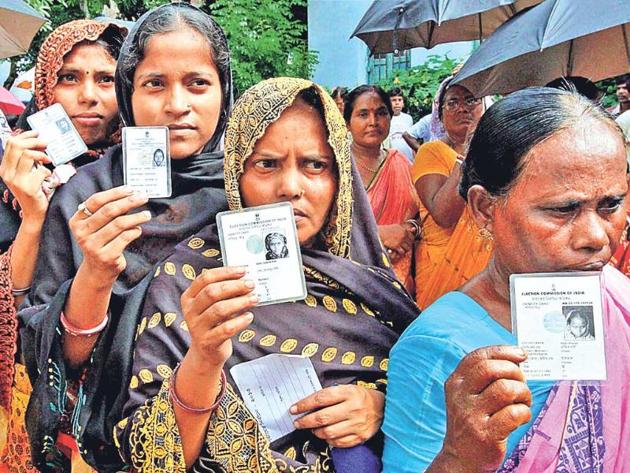Why panchayat polls have become a scary exercise in Bengal
In the 2003 elections, during the heydays of the Left Front government that ruled the state between 1977 and 2011, as many as 76 persons were killed. In 2013, 39 persons died.
On Saturday, Karnataka went to the polls to elect its legislators. About 3.58 crore voters cast their mandate in 56,696 polling stations, but not a single incident of a death from poll-related violence was reported in the state.

Forty-eight hours later, rural Bengal recorded at least eight deaths (at the time of going to press) in the panchayat polls. At least 16 people died in the run-up to the elections between April 2, the day submission of nominations began, and May 13. The number of lives lost in caste conflicts is zero in West Bengal and that in communal violence is low compared to many north Indian states. But political violence, and, more specifically, electoral violence? Well, those have come to define the state.
Monday saw shocking scenes: ballot papers and ballot boxes on fire on the roads; ballot boxes forced open with crow bars; water being poured in ballot boxes inside booths; young men opening boxes and scattering ballot papers on the floor and counting them to determine how many had been cast in their favour. Inside a booth, a policeman was seen slinging his rifle across his back and standing motionless beside a young man who held aloft a pistol, finger on trigger. It was an abysmal collapse of law and order.
Violence and politics in Bengal are not a recent occurrence. But this time the desperation of the ruling party, the Trinamool Congress, was apparent from the statements of its leaders. Ruling party leaders have emphasised that the people would get rid of the opposition through the ballot. Transport minister Suvendu Adhikari even announced a Rs 5 crore reward for any district party unit that would give an opposition-free board. Even chief minister Mamata Banerjee has said that the opposition only creates hurdles and it is conducive for development work if the party that runs the state also runs the local bodies.
In fact, panchayat polls have become a scary exercise in Bengal. In the 2003 elections, during the heydays of the Left Front government that ruled the state between 1977 and 2011, as many as 76 people were killed. In 2013, 39 died.
The security for the polls has become the subject of legal battles. While the state government said one policeman carrying firearms and another carrying a baton were enough for peaceful polls, the West Bengal Election Commission, too, endorsed the adequacy of the arrangement, and turned down the demand of the opposition for central forces.
The gap between that projection and reality proved costly on Monday.






